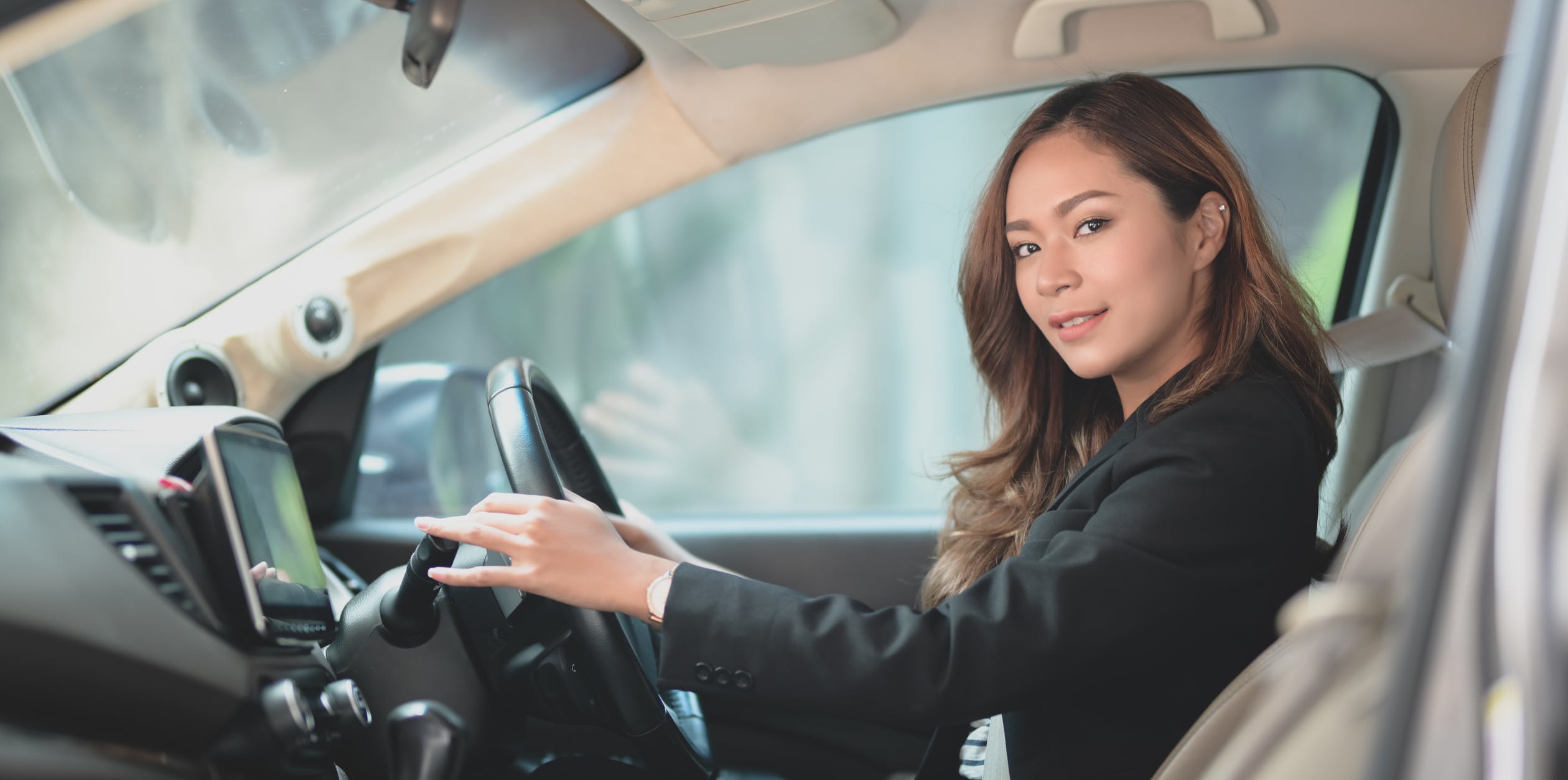Learning to drive can be confusing, frightening, and it can be hard to get your head around all the reams of information – especially if you’re a complete novice. Even if you have done some driving before, there are still lots of things you should take on board before you get behind the wheel.
It makes sense to have as much information at your fingertips as possible before you start, so allow Beverly Slater to share some top tips to fully prepare you for the learning to drive experience.
Before You Turn a Wheel
You need to satisfy certain legal obligations before you begin your first lesson. Firstly, you must be at least 17 years of age to learn to drive a car on public roads in the UK. After this, you need 3 things in place:
- Your provisional driving license. No driving instructor will embark on lessons with you without first seeing your license. You can apply for a provisional licence here:
- You need a set of L-plates if you intend to use your own car, one at the front of the car and one at the rear. This is a legal requirement and you/and/or the person instructing you could get up to 6 penalty points for failing to display L-plates.
- You must be able to read a car number plate from a distance of 20 metres. This is to check that your vision is adequate. If you need to wear glasses then remember to take them with you to your lessons.
The Theory Test
The theory test is a vital part of learning to drive and you will need to pass this before you go on to take a practical driving test however you do not need to pass it before you start learning to drive.
Driving Practice
You can have as much driving practice in a parent’s or friend’s car as you wish but you will need to be insured to drive their car and they will also need to have the correct insurance in place. L-plates must be displayed and a qualified driver should be in the car supervising you at all times.
In the early days, you may be far safer learning to drive with a qualified instructor such as Beverly Slater, who already has all the legal requirements covered. A professional instructor will teach you in a car which has dual controls for both your and their safety.
Driving on a Motorway
From 4th June 2018, the law changed to allow learner drivers to have lessons in motorway driving but the thought of motorway driving is one that can cause a high amount of anxiety for a learner driver. The thing to know is that learning to drive on motorways is not compulsory and you do not need to pursue this if you don’t wish to. If you do wish to learn about motorway driving you must be accompanied by a qualified instructor in a car with dual controls. You will only be taken onto a motorway if your instructor feels you have reached an appropriate level of confidence and competence.
Finding a Driving Instructor
Finding the right instructor is vital to ensure you enjoy your lessons and that you are able to reach a competent level of driving so that you can pass your driving test. Get as much information as you can about local driving schools through the internet and through word of mouth. It may help to meet with your chosen instructor before your first lesson to be sure that you both get on well with each other and understand how each of you operates – this will ensure that lessons are both comfortable and productive.

